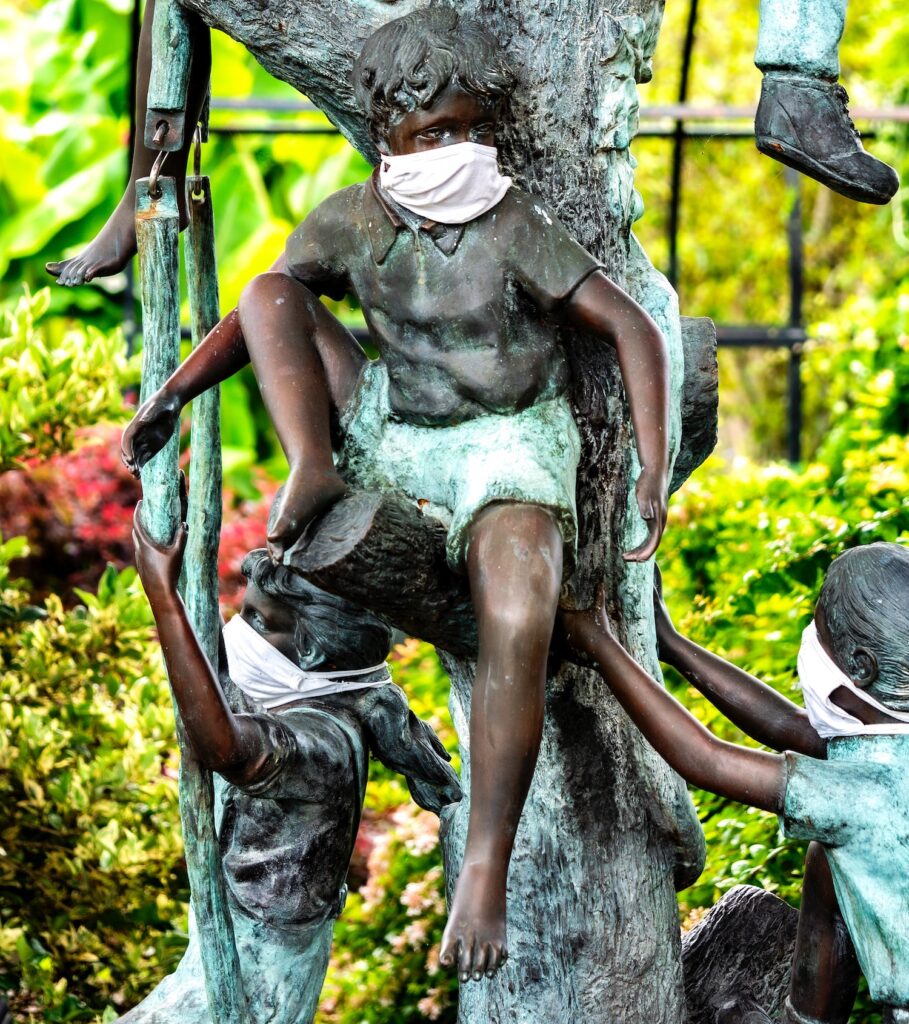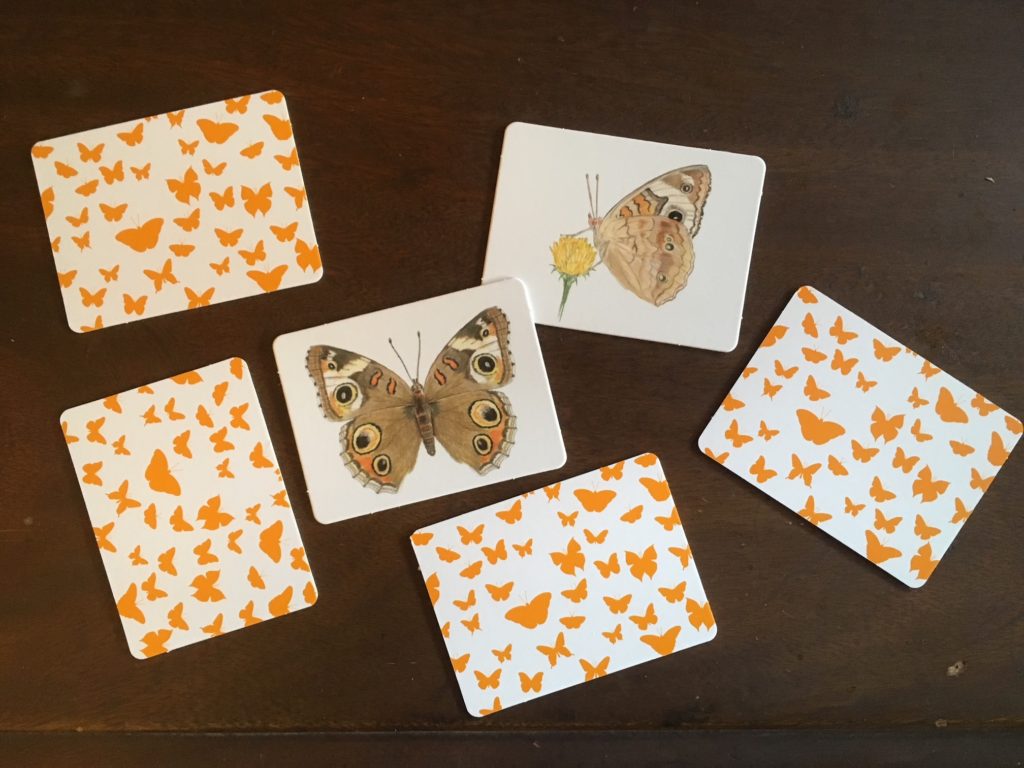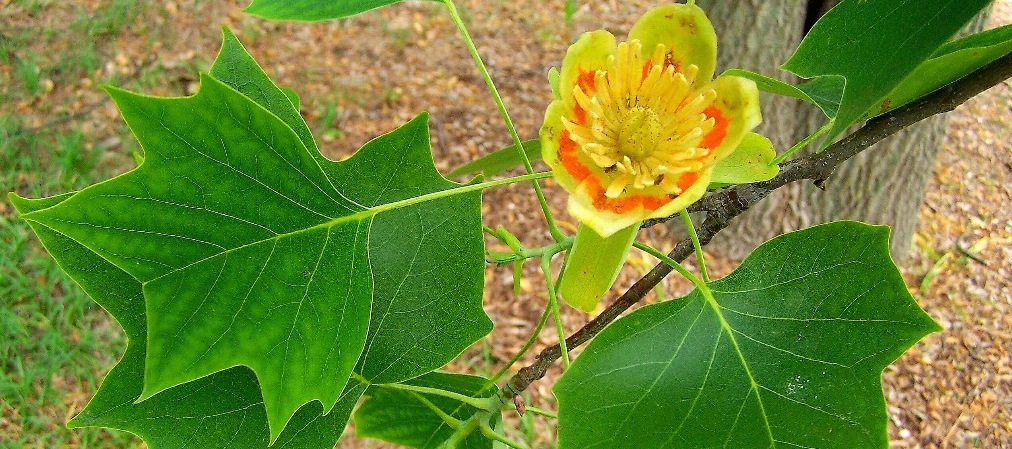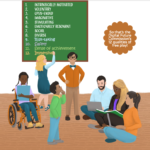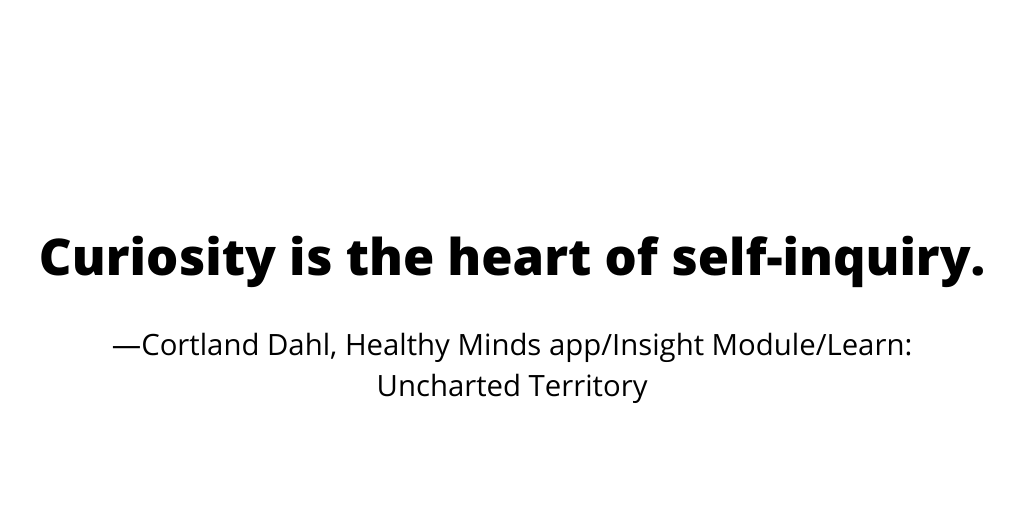
In my post last week, “SARS-CoV-2, Nature, and Well-being,” I wrote:
Today, it’s pretty clear, the virus is with us for a while. I have asked myself many times, “What can I do to support well-being during such a a challenging time—for myself, my family and friends, and my communities, local and online?” I find myself returning to the tag line I chose when I started this blog in December, 2016. You can see it in the Mindful Digital Life header above—it’s nestled in the clouds. Grounded in Nature & Connection.
In the last post, I focused on the Nature aspect of grounding ourselves. I promised that this week I would highlight the Connection aspect. Here goes… Conversation is central to Connection. In my practice, I emphasize what I’ve come to call Co-Creative Conversation—a form of conversation where the parties involved don’t know the outcomes in advance, and bring a basic non-judgmental posture. Easier said than done, I know. Keyword = Practice. To connect, we have to reach out, reach across, reach within, again and again, with kindness, humor, curiosity, and love. Connecting with our evolving selves, our children, our partners, our extended families and communities.
How do you strengthen the skill of Co-Creative Conversation with your children, tweens, and teens? My answer might seem counter-intuitive. Prioritize and create time to practice with yourself. 1. You’re modeling self-inquiry. 2. You’ll model a central skill for a mindful digital life. 3. You’ll feel better yourself and will bring more kindness, humor, and insight to parenting and/or educating in a pandemic.
The Healthy Minds app that I’ve been writing about in the last few posts, can help you. It is designed to enhance the well-being skills of Awareness, Connection, Insight, and Purpose. Here is a quote from the post Research provides tools for achieving the “how” of well-being in daily life, from the Center for Healthy Minds website:
The [Healthy Minds] framework focuses on four pillars that have been studied in the lab and have been shown to improve with training: awareness, or attentiveness to one’s environment and internal cues such as bodily sensations, thoughts and feelings; connection, or appreciation, kindness and compassion; insight, which refers to fostering curiosity and self-knowledge; and purpose, or understanding your values and motivations.
If you download the app and use it, I’d like to hear about your experience. Reach out any time, right here.
And…
Black History Month begins February 1. To quote one of my favorite organizations, Facing History and Ourselves, “…we know that Black history is central to all of American history, and should be part of a robust teaching curriculum year-round. Alongside the lessons of Black history, it’s also critical to honor the resilience, creativity, and vitality of Black people in the face of inequity and violence, past and present. That’s why, this year, we’re celebrating Black History Month by honoring the themes of Black Power & Black Joy. Stay tuned this month as we share an array of teaching resources and blog posts designed to promote innovative instruction and reflection on these topics and help you strengthen your Black history curriculum for February and beyond.” Sign up here to be notified when new resources become available.
A new San Francisco mural—Amanda Gorman—by artist Nicole Hayden
Sheer beauty—watch the short video here. The video shows the extraordinary art of Claudia Bueno. It grew from an artist residency at Yellowstone National Park.
A Snowy Owl in Central Park for first time in over a century
